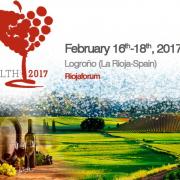
Presided by Professor Rosa María Lamuela-Raventós and Professor Ramon Estruch from the University of Barcelona, the meeting was a great success, with over 200 participants including, scientists, health professionals, journalists, and some winery representatives who attended the various conference sessions. The sessions were very dynamic and of the highest quality, which was evident by the high participation during the question periods as well as the many requests for the transcript of the sessions afterwards.
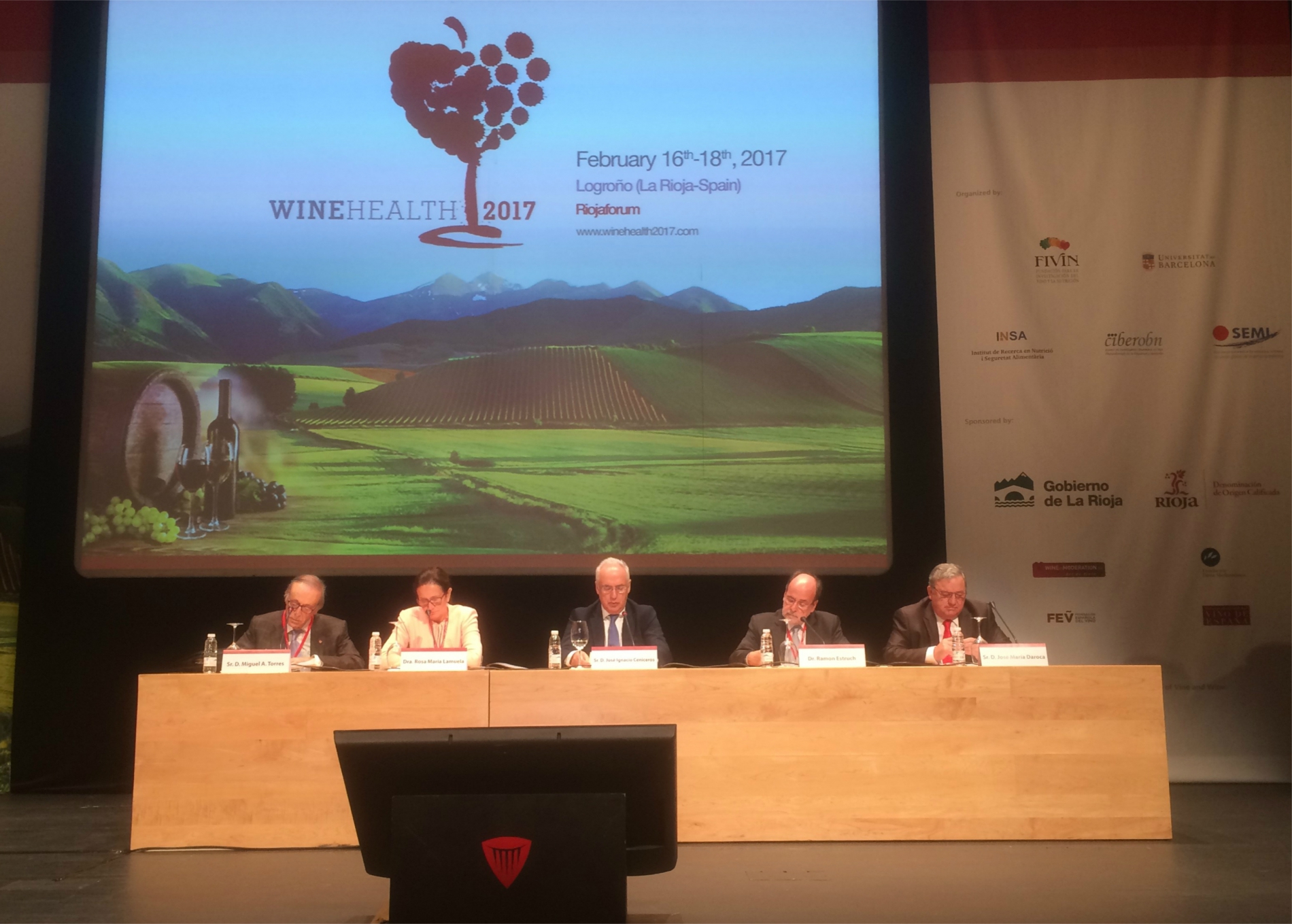
Numerous technical communications presented by well-known scientists coming from Europe, USA and South Africa have summarised the different effects of wine consumption on health. If moderate wine consumption is known to provide some beneficial effects several issues remain to be solved.
On this occasion, Jean-Claude Ruf, scientific coordinator of the OIV, highlighted the main issues and the role of the OIV in this context.
The next Wine and Health Meeting (probably in 2019) will be organized by Prof. Andrew Waterhouse in California (USA).
To Consult:
Closing remarks from Professor Rosa María Lamuela-Raventós
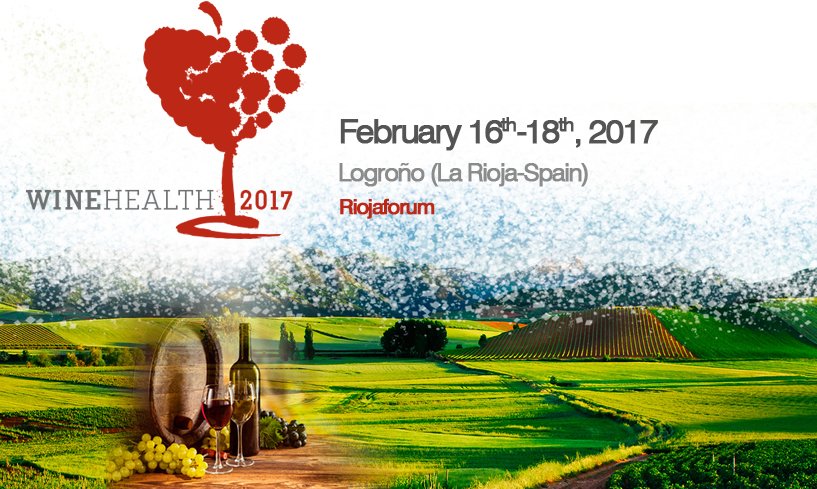
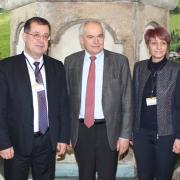
During this meeting, Professor Bozukov expressed his delight to be hosting the 40th Congress of the International Organisation of Vine and Wine in Sofia on 29 May to 2 June 2017, and emphasised the excellent collaboration that exists between his country and the OIV.
Jean-Marie Aurand thanked the Bulgarian Minister for organising the Congress. This event – set to bring together hundreds of experts and leaders in the global vitivinicultural sector – is to be hosted by a Member State where vitiviniculture is inseparable from the country's history and culture, and has seen a thorough revival.
The Director General also praised the quality of the collaboration between the teams on both sides working to make this Congress a success.
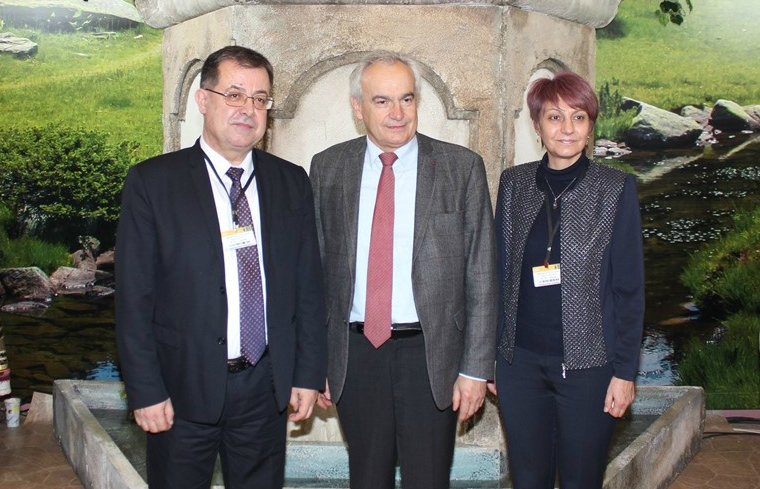
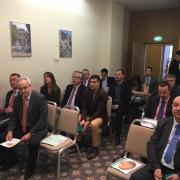
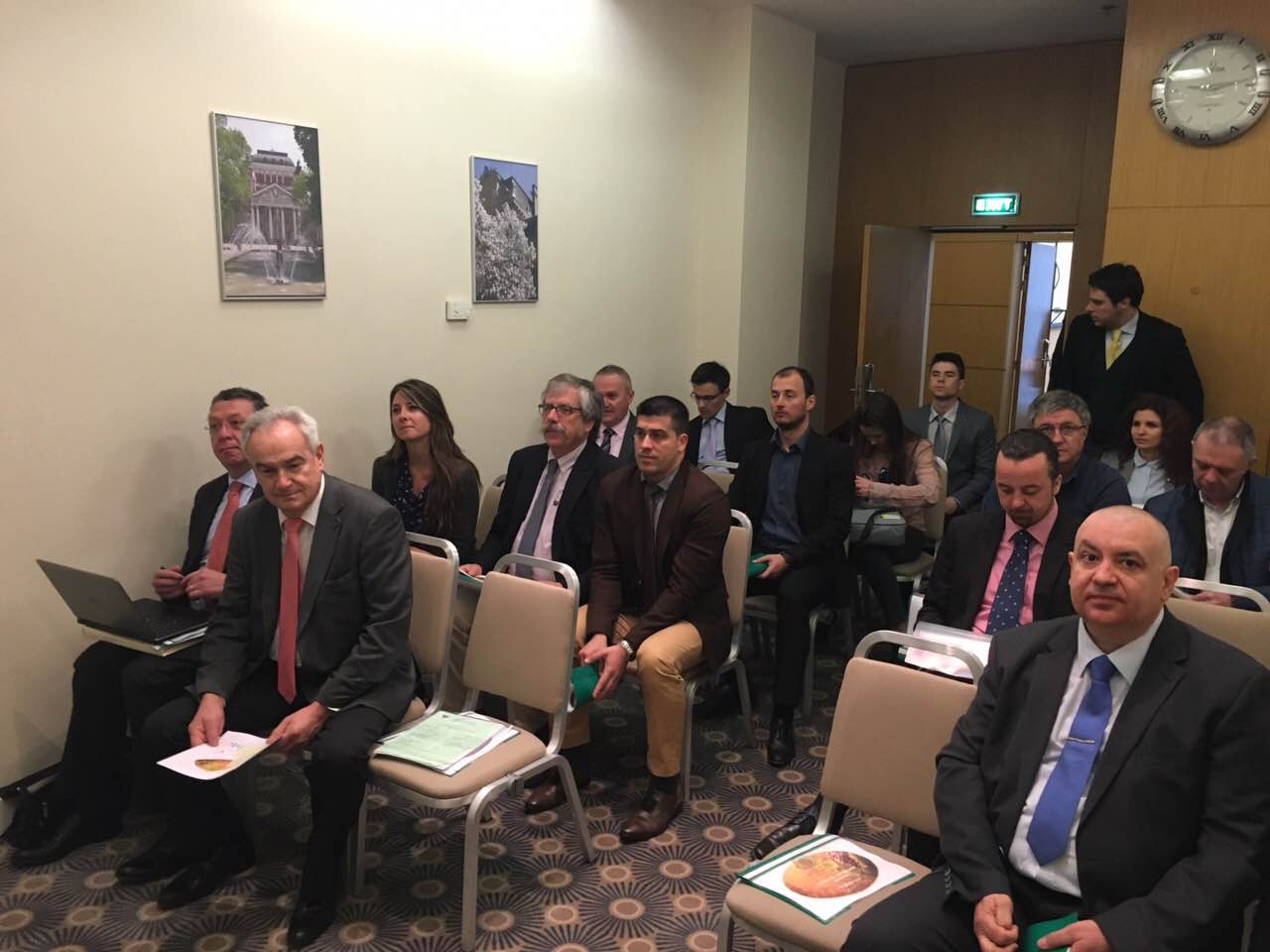
There were 289 communication proposals in the form of oral presentations, briefs or posters. These were evaluated by the Committee made up of both OIV experts and Bulgarian scientific personalities.
Around 160 oral presentations and briefs were selected for the 3 Congress sessions and just over 120 communications will be presented in poster form, representing more than 30 different countries.
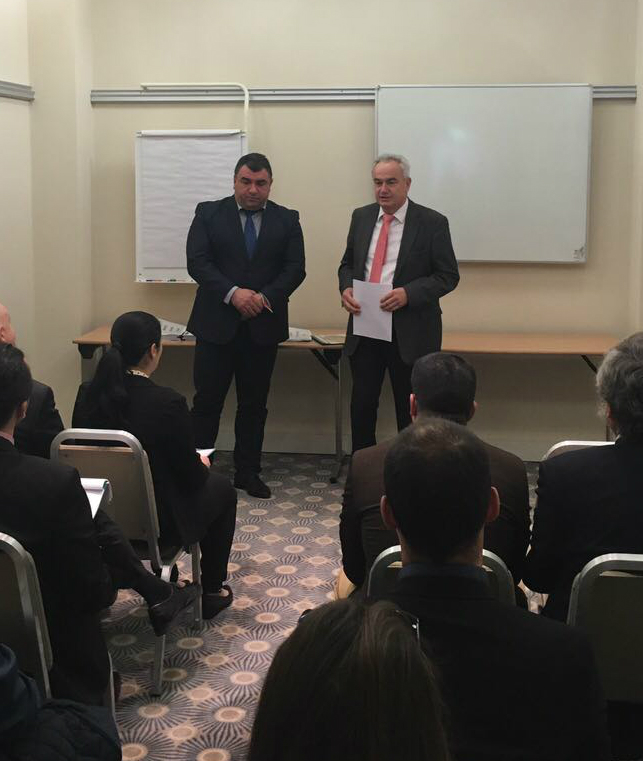
In addition, the OIV Director General, Jean-Marie Aurand, met with the Bulgarian Minister for Agriculture, Hristo Bozukov. This meeting showed that the organisation of the 40th Congress was running smoothly as it moved into its operational phase. The Director General made a point of thanking the Minister for the commitment and efficiency of the teams, both from the Ministry of Agriculture and Food and the Executive Agency on Vine and Wine (EAVW).
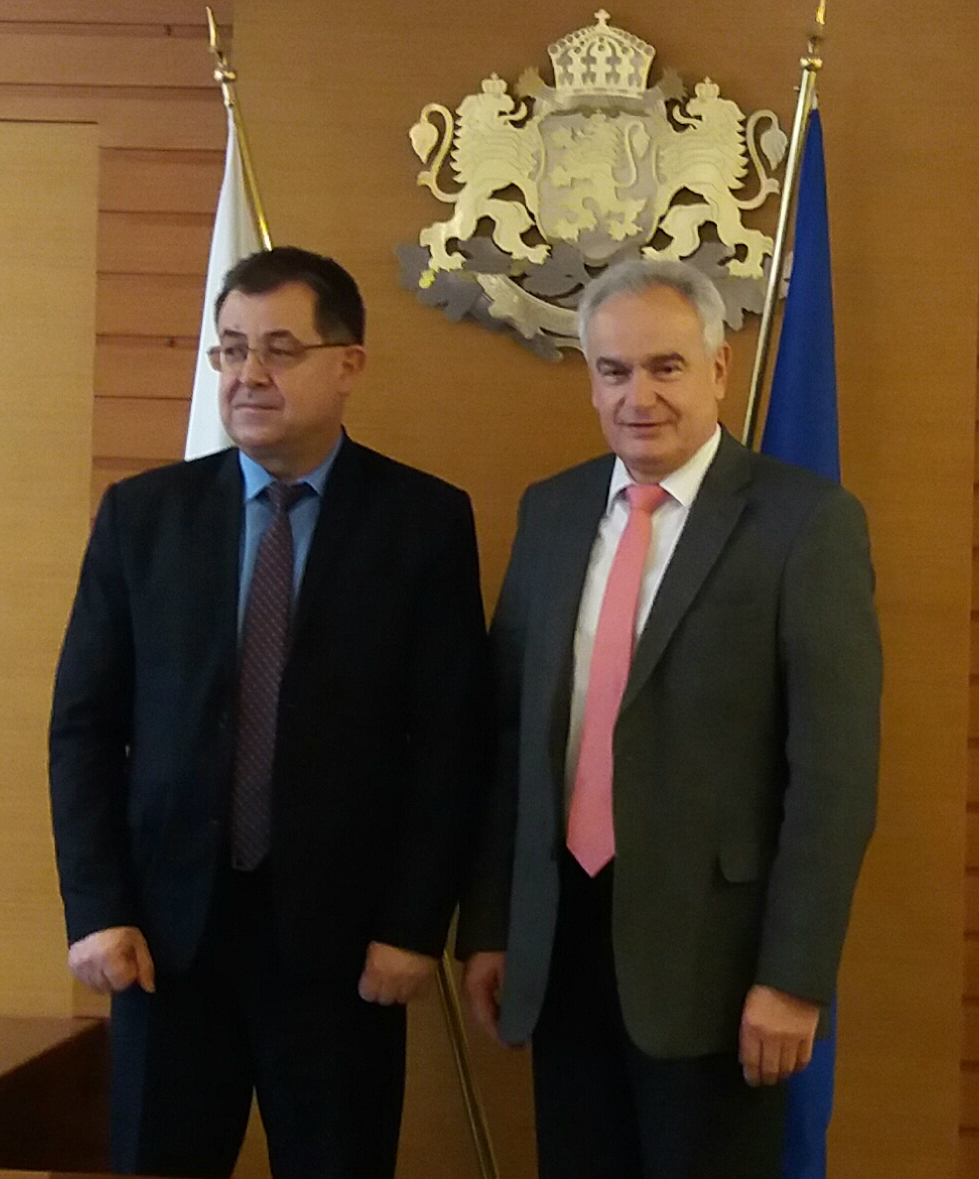
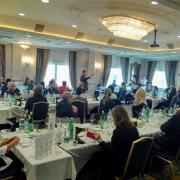
This competition – organised by the Wine Producers Association of the Northern Greece Vineyard under the patronage of the OIV – was presided by Konstantinos Lazarakis, the first Greek professional to have obtained the title of Master of Wine.
Almost 800 wines and spirits from 8 countries were evaluated by an international panel of professionals in the sector – oenologists, sommeliers, producers, journalists. Since its creation in 1990, the competition has steadily gained in international popularity and renown.
The official delegate at the event, Tatiana Svinartchuk, Head of the OIV Economy and Law Unit, highlighted the significant expansion of this competition, which recorded a 20% increase in the number of samples this year.
On this occasion, the Wine Producers Association of the Northern Greece Vineyard took advantage of the gathering of professionals from around the world to raise awareness of Greek wines and regions by organising thematic seminars.
The competition results are now available here
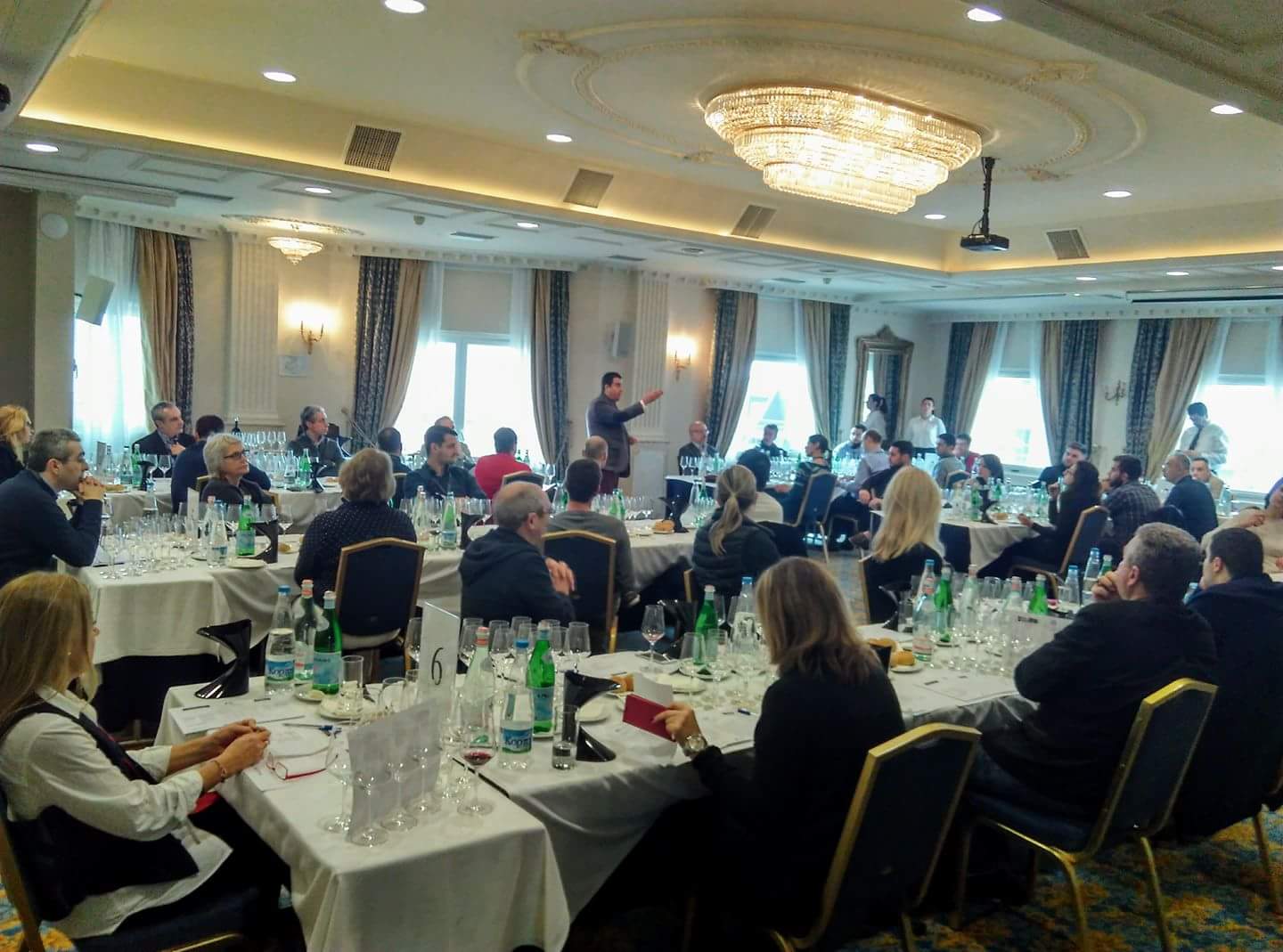
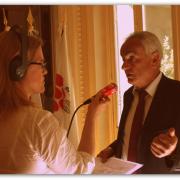
To attend this press conference, journalists are kindly asked to send an email with their name and their professional contact details to press@oiv.int.
Date: Tuesday 11 April 2017
Time: 11:00am
Location: International Organisation of Vine and Wine, (OIV), 18 Rue d'Aguesseau, Paris 75008 - Metro station Madeleine or Concorde [see map]